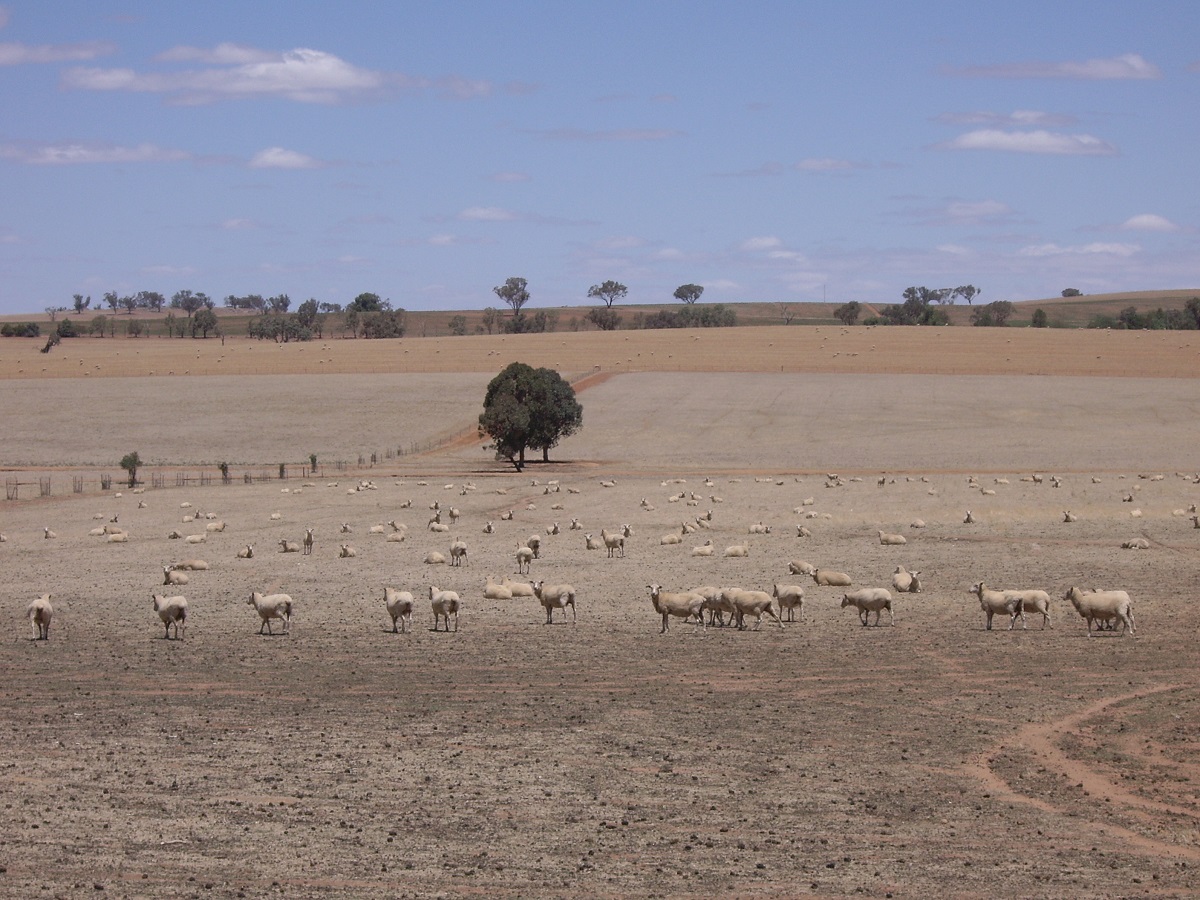
Climate extremes – including droughts, floods, or tropical cyclones – are becoming more frequent, intense, and lasting longer, as demonstrated by the IPCC [1]. Many of these extremes, caused by climate change, can lead to devastating impacts on the most vulnerable. In order to plan and to become more resilient to climate change, it is imperative that we improve our climate and impact assessment and monitoring.
Satellite-based data provide the primary source of information for monitoring agricultural growing conditions in data-poor and climate-vulnerable communities across the world. These data are instrumental in guiding humanitarian assistance and food aid in instances of poor seasonal growing conditions as well as extreme rainfall [2,3]. Earth observations are used across a diversity of applications to understand and respond to the impact of drought, including agriculture [4], development [5], risk reduction [6], and supply chain management [7,8]. The high level of spatial and temporal detail provided by satellite-based data has also facilitated near real-time monitoring at spatial scales so fine that even a few weeks of inadequate rainfall in a single village can be observed. Although we are in a golden age for Earth observation, without consistent and concerted effort to build capacity across a wide variety of institutions to understand, use and transform data into useful information for improved decision making, the data will not increase our resilience to climate extremes.
To understand and plan for climate change, researchers and policy makers have begun to combine satellite-based drought monitoring data with publicly available population health, fertility, economic and development datasets [9]. However, observations alone are insufficient. Seasonal forecasts of growing conditions can help anticipate large-scale droughts or wet periods and facilitate adjustments to agricultural investment and planning. Through an understanding of basic quantitative linkages between drought and various economic, demographic and health outcomes, policymakers and other stakeholders can develop evidence-informed intervention strategies to help plan for and mitigate the adverse impacts of future droughts [10]. Seasonal climate forecasts can be coupled with models on probable impacts on food availability and access to transform data into information that can result in improved decision making for data-poor and climate-vulnerable communities who need it.
Extreme events will become more frequent and destroy more lives and livelihoods. Although climate change is often described as ‘mean increases’ in temperature, it is the extreme events that will most transform ecosystems and societies – forest fires, heat waves, severe storms, high winds. It is these events that will affect individuals and economies, not the overall average change. Improving prediction of these events at the weekly, monthly, and annual timescales, and integrating them into policy and humanitarian planning can enable improved health outcomes. By moving from a responsive into a predictive mode, many more lives and livelihoods could be protected during unusual weather events resulting from a changing climate. We must do this now, and urge the scientific and policy communities to seek and utilise this specific combination of data to plan accurately for climate change.
Read the other articles in our COP26 series here.
References
[1] Seneviratne S, Nicholls N, Easterling D, Goodess C, Kanae S, Kossin J, et al. Changes in climate extremes and their impacts on the natural physical environment. 2012;
[2] Funk C, Shukla S, Thiaw WM, Rowland J, Hoell A, McNally A, et al. Recognizing the Famine Early Warning Systems Network: Over 30 Years of Drought Early Warning Science Advances and Partnerships Promoting Global Food Security. Bull Am Meteorol Soc. 2019;100:1011–27.
[3] Enenkel M, See L, Bonifacio R, Boken V, Chaney N, Vinck P, et al. Drought and food security – Improving decision-support via new technologies and innovative collaboration. Glob Food Sec. 2015;4:51–5.
[4] Cravero A, Sepúlveda S. Use and Adaptations of Machine Learning in Big Data—Applications in Real Cases in Agriculture. Electronics. Multidisciplinary Digital Publishing Institute; 2021;10:552.
[5] Ainuddin S, Aldrich DP, Routray JK, Ainuddin S, Achkazai A. The need for local involvement: Decentralization of disaster management institutions in Baluchistan, Pakistan. Int J Disaster Risk Reduct. Elsevier; 2013;6:50–8.
[6] Brown ME, Osgood DE, Carriquiry MA. Science-based insurance. Nat Geosci. 2011;4:213–4.
[7] Chandrasekara SSK, Kwon H-H, Vithanage M, Obeysekera J, Kim T-W. Drought in South Asia: A review of drought assessment and prediction in South Asian countries. Atmosphere (Basel). Multidisciplinary Digital Publishing Institute; 2021;12:369.
[8] Wens M, Veldkamp TIE, Mwangi M, Johnson JM, Lasage R, Haer T, et al. Simulating small-scale agricultural adaptation decisions in response to drought risk: an empirical agent-based model for semi-arid Kenya. Front water. Frontiers; 2020;2:15.
[9] Grace K. Considering climate in studies of fertility and reproductive health in poor countries. Nat Clim Chang. Nature Publishing Group; 2017;7:479.
[10] Brown ME, Grace K, Billing T, Backer D. Considering climate and conflict conditions together to improve interventions that prevent child acute malnutrition. Lancet Planet Heal. 2021;in press.

